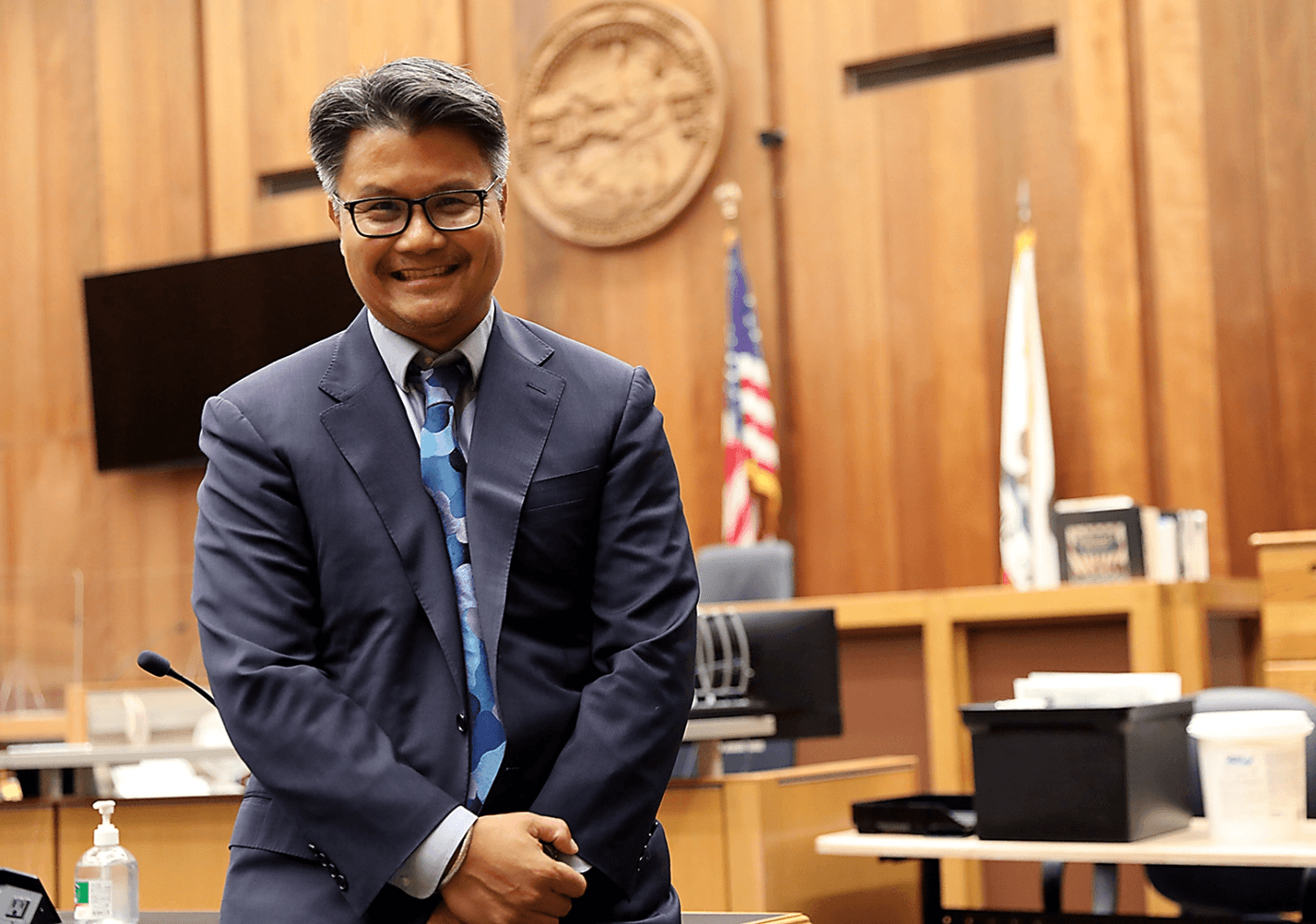
As Santa Cruz County’s Juvenile Justice Judge, I strive to strike a balance between ensuring public safety and fostering a healthy community that prioritizes healing and resilience. Recently, I made the decision to wear an ankle monitor for an entire week, immersing myself in the reality of many youths on probation. Many express the discomfort and dissatisfaction about wearing one. If I were to continue ordering the use of such devices, I needed to fully understand that experience.
From the moment the ankle monitor was strapped on, I immediately felt constrained and a loss of freedom. A feeling of confinement and dread washed over me. Thoughts flashed through my mind about the week ahead and how others would perceive me and treat my family.
The actual weight and pressure of the device was something I would eventually get used to. However, the monitor caused chafing, requiring thick socks. And even putting those on could be a pain. Activities I once took for granted, such as swimming, became impossible due to the inability to submerge the monitor. Even running became a daunting task because the weight of the battery made my strides uneven.
I was also required to charge the battery every 48 hours. This meant having a corded charger plugged in while I slept, creating an added layer of discomfort and complexity to my daily routine. It made me reflect on the many challenges that young individuals endure wearing this device while trying to maintain a sense of normalcy in their lives.
However, by far the most uncomfortable aspect of this experiment was the social stigma I experienced wearing the monitor. In public, I was met with judgmental looks and felt the weight of people's stares. When I arrived at one particular restaurant, the room fell quiet, and I sensed the unspoken judgments surround me. Grocery stores and soccer games became arenas of silent scrutiny. No one said a word, but their stares and hostile glances said it all. I felt like an outcast. And this was only a few hours a day and only during nights and weekends. My coworkers at the courthouse knew I was doing this experiment, so there was no oddity there. It made me wonder what it must be like for a youth who is spending the majority of their days in school, work, or soccer practice.
My week with the ankle monitor provided me with invaluable insights into the lives of these justice-involved youth. It gave me a newfound appreciation and empathy for the emotional toll wearing an ankle monitor takes. It forced me to reevaluate the factors I consider when ordering monitoring, urging me to take pause and reflect on each case that comes before me.
By sharing my story, I hope to shed light on the realities faced by these justice-involved youth and inspire a deeper understanding and a bit of empathy within our community.

